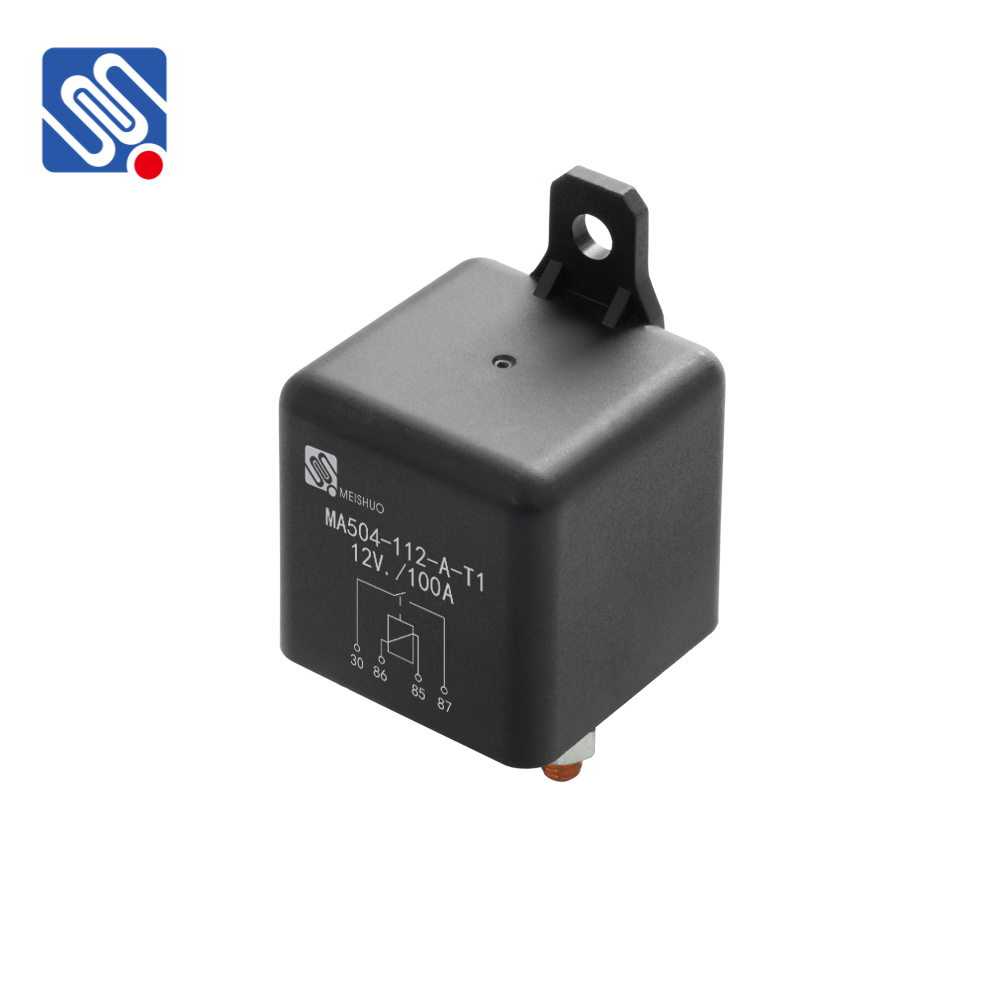understanding relay load: the key role of meishuo in modern systems
Release time:2025-11-10 04:27:45
In the world of electrical and electronic systems, relays play a crucial role in managing loads and enabling effective power distribution. These small but powerful components are responsible for controlling electrical circuits, and their importance cannot be overstated. One company, Meishuo, has been making significant strides in the development and implementation of relay technology, particularly in the management of relay load. This article explores the concept of relay load and highlights how Meishuo is contributing to its optimization and efficiency in modern applications.

What is Relay Load?
Relay load refers to the amount of electrical load a relay is designed to handle when it is engaged in switching a circuit. A relay is an electrically operated switch that uses an electromagnet to open or close contacts in an electrical circuit. The load that a relay can handle depends on the current and voltage ratings of the relay, as well as its ability to withstand electrical stress without failure.
The load typically consists of the devices or systems that the relay controls. For example, in a home automation system, a relay may control the operation of lighting, fans, or HVAC systems. The relay ensures that the electrical current is safely switched on or off, depending on the needs of the system. Managing the relay load effectively is essential to ensure the longevity of the relay, prevent overheating, and avoid circuit failures.

